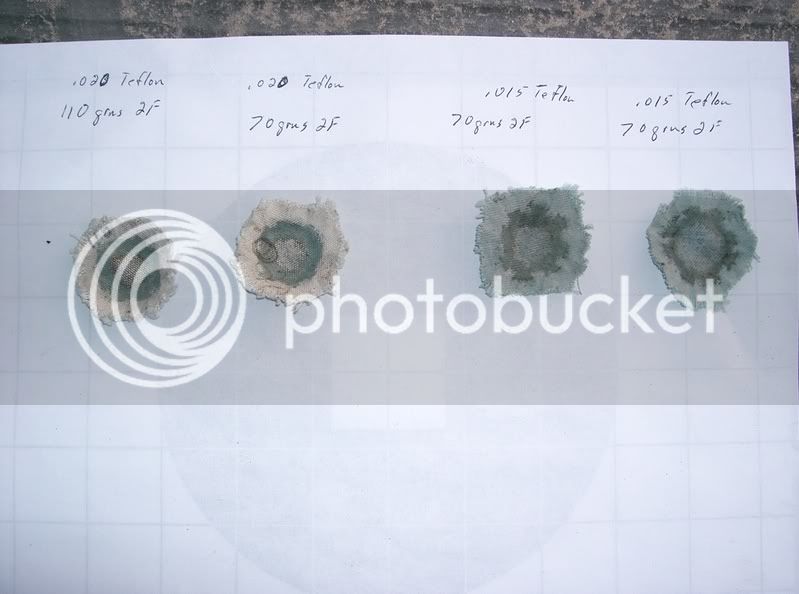nchawkeye
58 Cal.
Cooner, what do you use for patching???
And where do you obtain??
And where do you obtain??

Mommicked said:But I've got a question that will really prove my ignorance here, but I got to ask. Why can't a feller just put a cardboard wad between powder and patch? It may not do any better job of preventing gas from getting by, but it should keep the patch in wonderful condition.
Ok, dumb question in place, fire at will!
I guess that was what I meant,wasp nesting.It was what I read,supposed to stop blowing out patches.Mommicked said:If you used a wad, or nest over the charge, can you then more accurately shoot maximum loads without concern of blowout?
Also, we have a lot more wasp's nests than hornet's nests, the ones in the eaves of the house or shop, shaped like honey comb, made of tough paper. Will these work just as well? Similar paper, different shape... :hmm:
A .530 ball is too big for a .54cal??? :shake:Halftail said:Mark Lewis said:A .530 ball is too big for a .54 caliber rifle. Go to a .520 and a thicker patch. 60 grains of 3F is plenty for deer.
With all due respect Mark,
Aren't Florida Deer just little Puny things?

